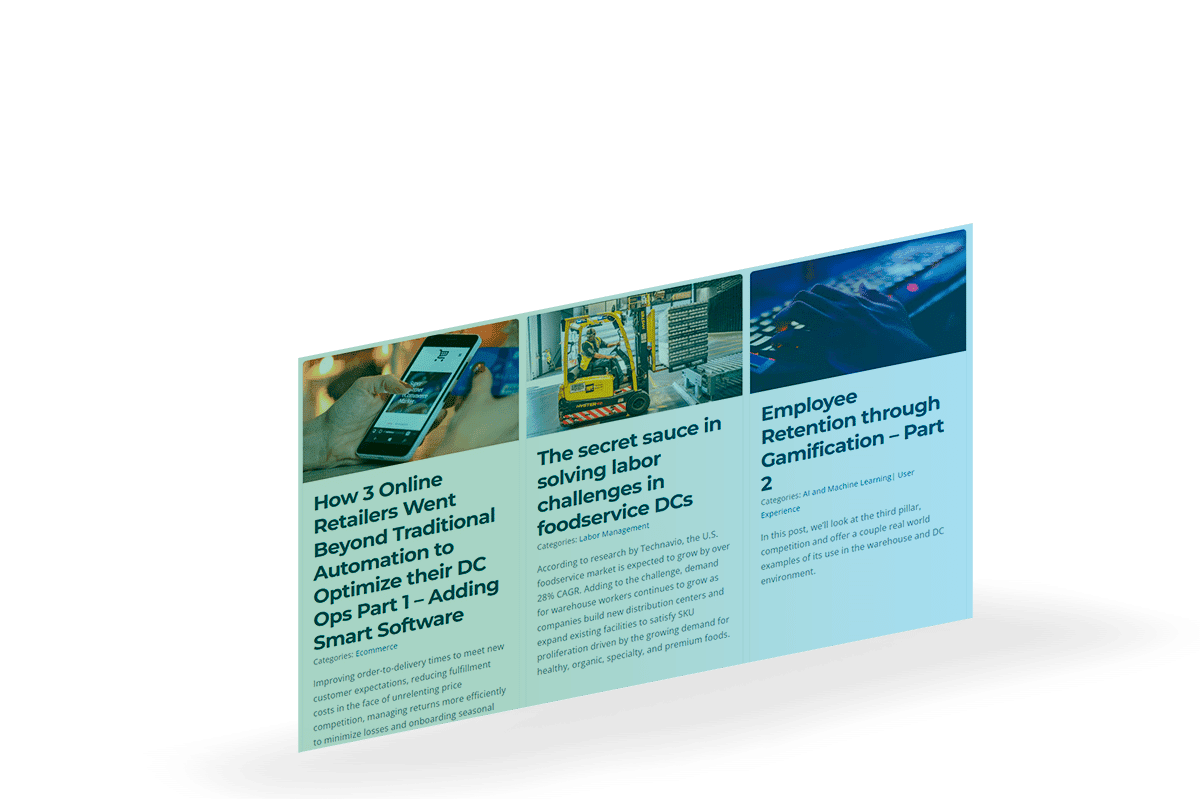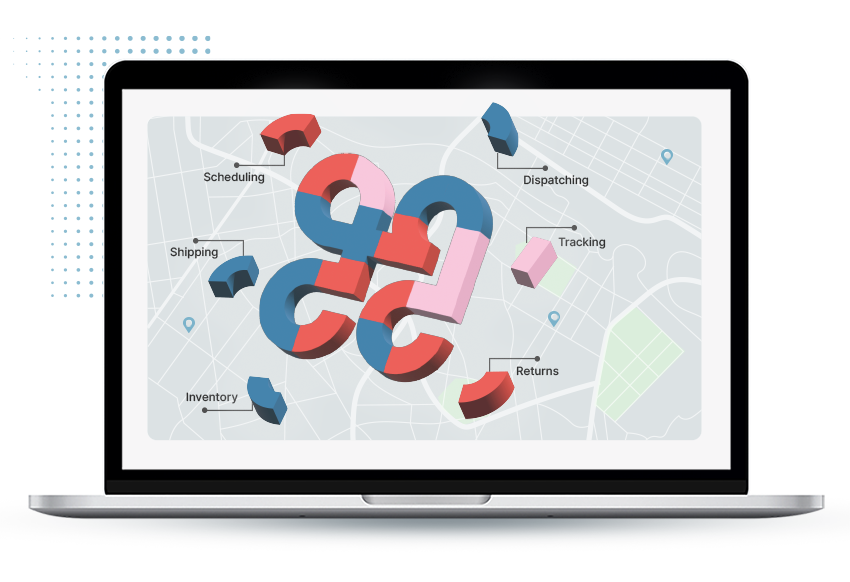Optimizing Competitive Returns
In today’s fast-paced business environment, the ability to efficiently optimize competitive returns has become crucial for organizational success. Companies that excel in this area are often the ones that can adapt and thrive amidst market fluctuations. By examining key strategies and utilizing advanced techniques, businesses can significantly improve their returns while maintaining a competitive edge. This article will guide you through the various facets of optimizing competitive returns, highlighting essential practices and considerations that can transform your approach to profitability.

Understanding Competitive Returns
Before diving into optimization strategies, it’s essential to understand what competitive returns entail. Competitive returns refer to the profits earned by a business relative to its competitors in the same industry. These returns reflect not only financial performance but also a company’s positioning within the market.
Why are Competitive Returns Important?
- Market Positioning: High competitive returns indicate a strong market position, attracting investors and customers alike.
- Sustainability: Companies that consistently achieve competitive returns are better equipped for long-term sustainability.
- Investment Attraction: Strong returns often lead to increased investor interest, facilitating growth opportunities.
Key Performance Indicators (KPIs)
To effectively measure competitive returns, organizations must utilize specific KPIs, such as:
- Return on Investment (ROI)
- Net Profit Margin
- Market Share Growth
Setting Targets
Setting realistic and measurable targets for these KPIs is crucial for assessing performance effectively. Continuous monitoring allows businesses to adapt quickly to changing market conditions.
Strategies for Optimizing Competitive Returns
Now that we understand the importance of competitive returns, let’s explore strategies to optimize them effectively.
1. Data-Driven Decision Making
Harnessing data analytics can significantly improve decision-making processes. By utilizing advanced analytical tools, organizations can uncover insights that provide a clearer picture of market trends.
Utilizing Customer Insights
Understanding customer preferences through data can lead to tailored offerings that resonate more with the target audience. This customer-centric approach often results in higher sales and competitive advantages.
2. Operational Efficiency
Streamlining operations is vital for reducing costs and improving margins. By identifying bottlenecks and inefficiencies, businesses can optimize their processes for better productivity.
Implementing Lean Practices
Adopting lean methodologies can help organizations eliminate waste and focus on value-adding activities, ultimately enhancing returns.
3. Innovation and Adaptability
In a rapidly changing market, innovation is key. Companies that foster a culture of continuous improvement and adaptation can stay ahead of their competitors.
Investing in Research and Development (R&D)
Investing in R&D not only fuels innovation but also positions a company as a leader in its field, leading to higher competitive returns.
Case Studies: Successful Optimization
Examining companies that have successfully optimized their competitive returns can provide valuable insights. Consider the strategies implemented by industry leaders and how they can serve as models for your organization.
Example: Digital Marketing Strategies
Companies that have embraced digital marketing have often seen dramatic improvements in their competitive returns. By leveraging SEO, social media, and targeted advertising, they have enhanced their reach and engagement.
Successful Campaigns
Carefully analyzing successful campaigns offers lessons on customer engagement and brand positioning, which are crucial for optimizing returns.
Integrating Technology into Optimization Efforts
Technology plays a pivotal role in optimizing competitive returns. From CRM systems to advanced data analytics, various tools can enhance operational capabilities.
Utilizing Automation
Automation can streamline many processes, allowing for quicker responses to market changes and efficient execution of business strategies.
Exploring AI and Machine Learning
The integration of AI and machine learning can also reveal trends and patterns that may be imperceptible otherwise, leading to informed decision-making.
Conclusion
Optimizing competitive returns is a multifaceted process that requires a combination of strategic planning, operational efficiency, and innovation. By understanding what drives competitive returns and implementing targeted strategies, businesses can enhance their performance in the marketplace. Regular analysis and adaptation will ensure that organizations remain competitive and profitable in the ever-evolving business landscape.
For more information on methods to improve your competitive returns, consider reading related articles here and here.
